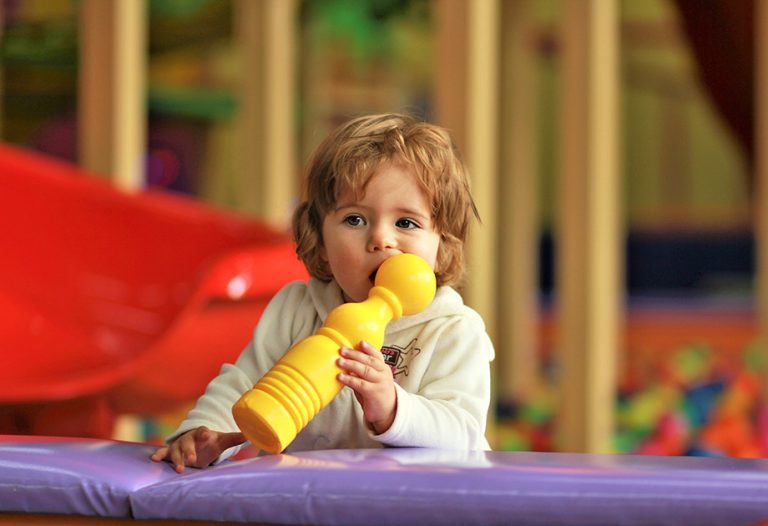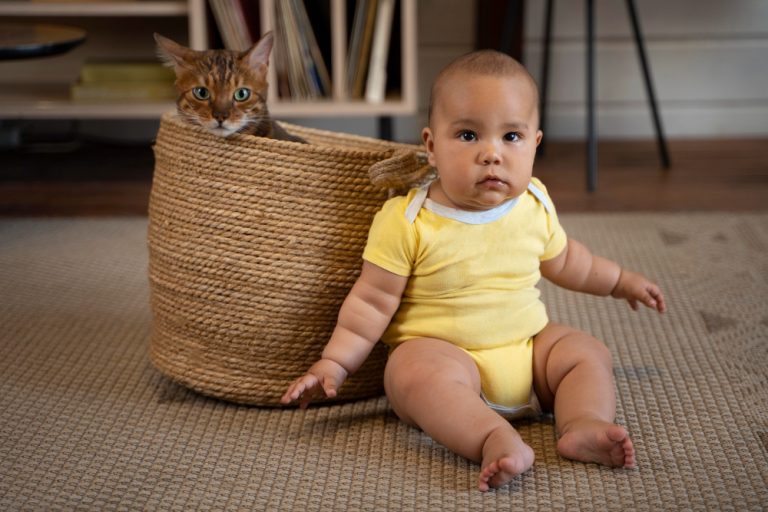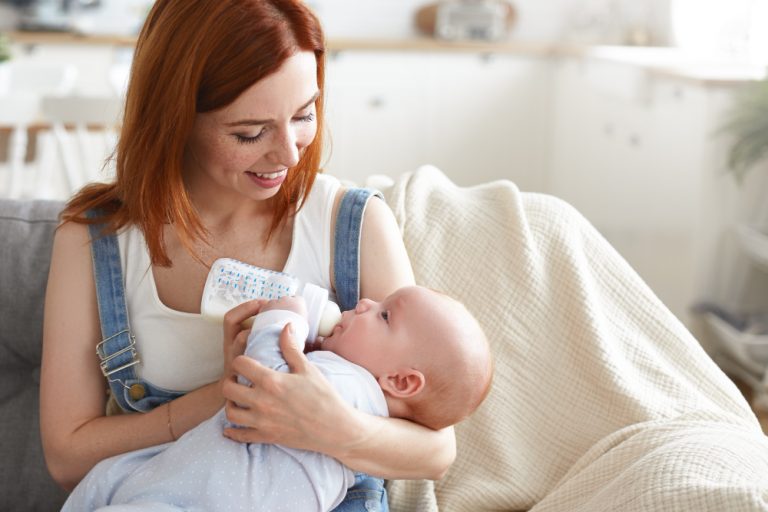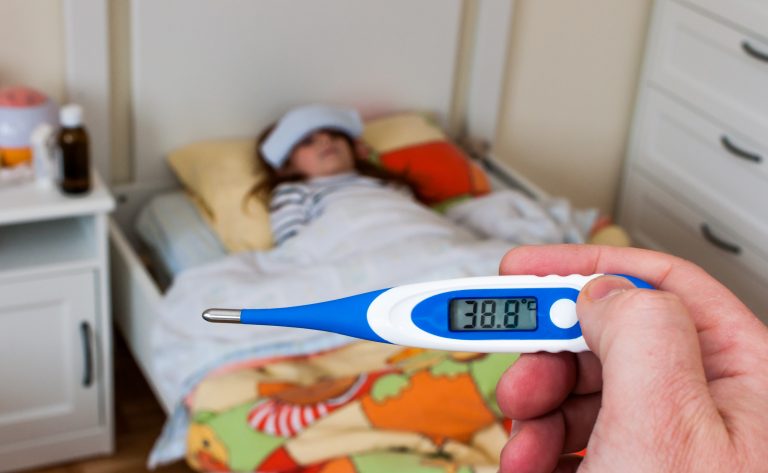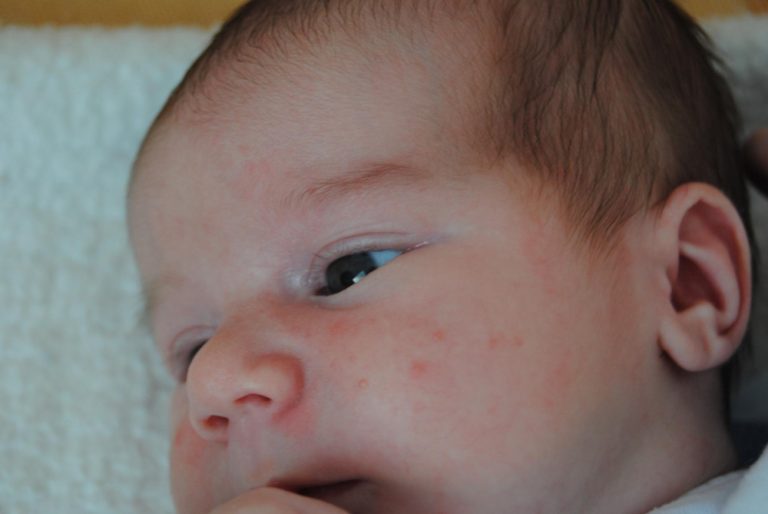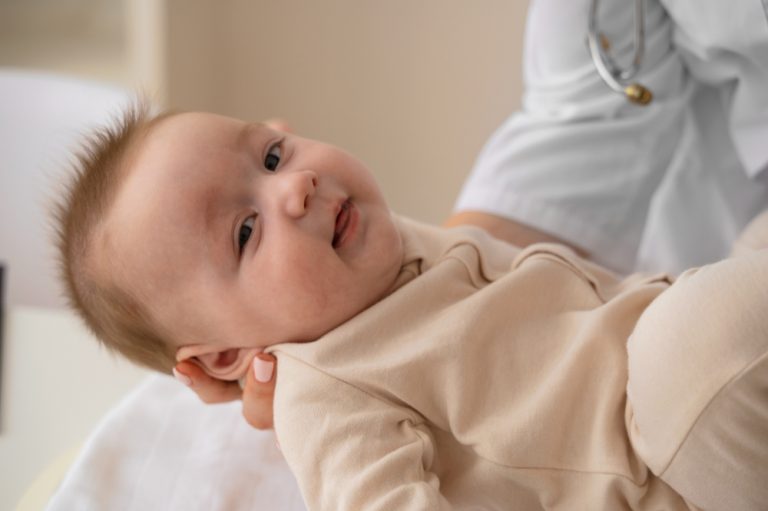When Can Babies Sleep With Blankets? Safety Guide & Tips
Are you eagerly awaiting the day when you can finally tuck your little one into bed with a cozy blanket? The thought of your baby snuggled up in a warm, soft blanket is enough to make any parent’s heart melt. But when can babies sleep with blankets safely? What are the risks associated with introducing blankets too early?
As a parent, you want nothing more than to keep your baby comfortable and safe during sleep time. So let’s dive into the details and find out when it’s okay to introduce blankets and what you need to be aware of to ensure a safe and cozy sleep for your little bundle of joy.
In this informative blog, we delve into the essential guidelines and safety considerations surrounding babies and blankets. We’ll explore the potential hazards associated with loose bedding, the recommended safe infant sleep practices by the American Academy of Pediatrics, and alternative solutions like sleep sacks or wearable blankets to keep your little one cozy.
Let’s navigate through the best practices and expert advice to ensure your baby’s sleep environment is both comforting and secure.
Introduction to Safe Sleep Practices
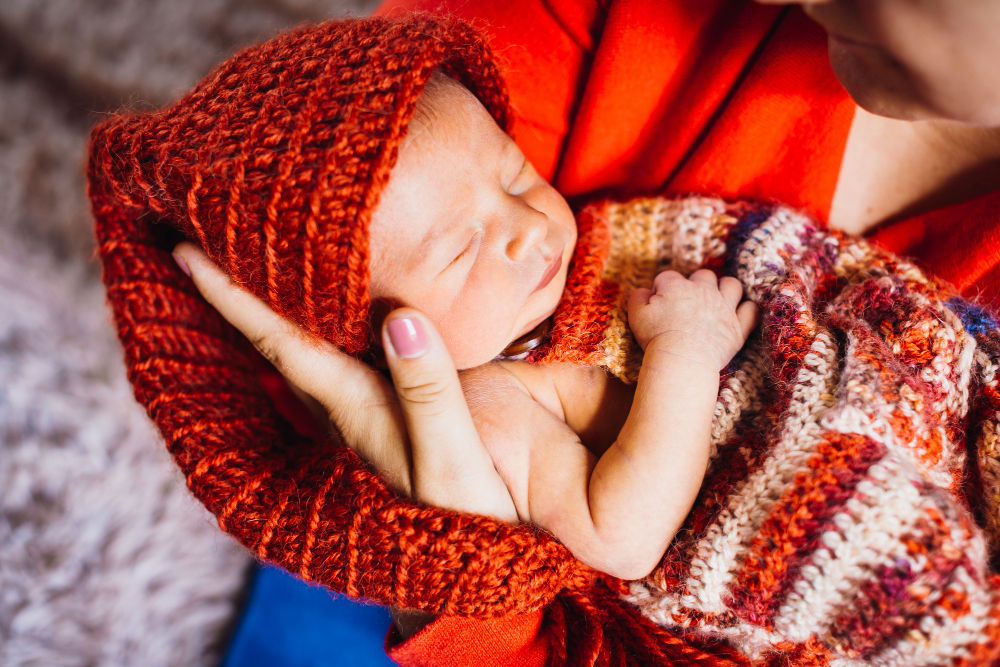
The safety of babies during sleep is of utmost importance for parents and caregivers. Following safe sleep practices can significantly reduce the risk of accidents and Sudden Infant Death Syndrome (SIDS). One aspect of safe sleep practices is the use of blankets, which requires careful consideration.
Babies have an immature ability to regulate their body temperature, making them susceptible to overheating and suffocation if blankets are not used correctly. Therefore, blankets should not be used in a baby’s crib until the baby is at least one year old.
Organizations like the American Academy of Pediatrics (AAP), which prioritizes infant safety, support this guideline.
During the first year, infants can be kept warm without the need for blankets. Instead, parents can opt for safer alternatives such as sleep sacks or wearable blankets.
Sleep sacks are designed to provide warmth without the risk of suffocation or tangling around the baby’s head. They are easy to use and ensure that the baby’s temperature is regulated while allowing freedom of movement.
Maintaining a comfortable room temperature can also help keep babies warm during sleep. The ideal temperature for a baby’s sleep environment is around 68-72 degrees Fahrenheit (20-22 degrees Celsius).
By following safe sleep practices and avoiding blankets in the crib, parents can ensure a safe and comfortable sleep environment for their infants. The following section will delve into the specifics of when it is safe for babies to sleep with blankets and the associated risks. Remember, the safety and well-being of your baby should always be the top priority.
When Can Babies Sleep With Blankets?

As parents, one of our top priorities is ensuring the safety and well-being of our little ones, especially when it comes to their sleep. The use of blankets in a baby’s crib is a common concern for many parents, and it’s important to understand the recommended age or developmental milestone at which it is safe for babies to sleep with blankets.
The general consensus among experts, including the American Academy of Pediatrics, is that it is safest to keep blankets out of the baby’s crib for the first year of life. This recommendation is based on the risk of suffocation and overheating that loose blankets can pose to infants.
During the first year, babies are still developing their ability to regulate body temperature. A loose blanket can easily cover their face, increasing the risk of suffocation. Additionally, blankets can contribute to overheating, which is a risk factor for sudden infant death syndrome (SIDS).
There are alternative methods to keep babies warm without the use of blankets, which prioritize their safety.
- Sleep sacks, also known as wearable blankets, are a popular choice.
- These are snug sleepwear that keep the baby warm while ensuring that the blanket stays securely in place.
- Swaddling, which involves wrapping the baby snugly in a blanket, can also offer a sense of security and warmth.
- Another critical factor to consider is the room temperature.
- It’s recommended to keep the baby’s sleep environment between 68-72°F (20-22°C).
- By maintaining a comfortable room temperature, you can help ensure that your baby stays warm without the need for additional layers, such as blankets.
In conclusion, it is safest to wait until the baby reaches the age of one before introducing blankets into their crib. In the meantime, opting for safer alternatives like sleep sacks and swaddling, while keeping the room temperature comfortable, can provide the warmth and security your baby needs for a good night’s sleep.
“Blankets should be kept out of the crib for the first year to reduce the risk of suffocation and overheating. Sleep sacks and swaddling are great alternatives to keep babies warm and safe.” Dr. Sarah Johnson, Pediatrician
Risks of Allowing Babies to Sleep With Blankets

Allowing babies to sleep with blankets in their cribs can pose significant risks to their safety. It is essential for parents and caregivers to understand and minimize these risks to ensure a safe sleep environment for infants.
Here are the potential risks associated with allowing babies to sleep with blankets:
Suffocation Hazard
Loose blankets can accidentally cover a baby’s face, increasing the risk of suffocation. Babies do not have the muscle control or ability to move the blanket away from their nose or mouth, which can lead to difficulty breathing. This is particularly dangerous for newborns who have not yet developed firm neck control.
To mitigate the risk of suffocation, it is recommended to avoid placing blankets in the crib until the baby is at least one year old or has transitioned to a toddler bed. Instead, opt for safer alternatives such as sleep sacks or wearable blankets.
Overheating
Another risk associated with blankets in the crib is overheating. Babies are more sensitive to temperature regulation, and covering them with a blanket can lead to overheating, which is a risk factor for Sudden Infant Death Syndrome (SIDS).
The American Academy of Pediatrics advises that babies should be dressed appropriately for sleep in a room with a temperature between 68 and 72 degrees Fahrenheit (20 to 22 degrees Celsius). Using lightweight layers of clothing or a sleep sack, which provides warmth without covering the head, is a much safer alternative to blankets.
Safe Sleep Environment
Creating a safe sleep environment is crucial for the well-being of infants. It is recommended to follow these guidelines to reduce the risks associated with blankets:
- Remove all loose bedding, including blankets, pillows, and stuffed animals, from the crib.
- Place the baby on their back to sleep to minimize the risk of SIDS.
- Use a firm mattress with a fitted sheet that fits snugly.
- Keep the crib free of any objects or accessories that could potentially pose a suffocation or entrapment hazard.
By adhering to these guidelines, parents and caregivers can help ensure a safe sleep environment for their babies.
In conclusion, allowing babies to sleep with blankets in their cribs poses significant risks, including suffocation and overheating. It is crucial to prioritize their safety by opting for safer alternatives such as sleep sacks and adhering to safe sleep guidelines.
Remember, the well-being of your baby should always be the top priority when it comes to sleep practices.
“A baby’s safety during sleep should always be the utmost concern. Avoiding blankets in the crib significantly reduces the risks of suffocation and overheating, promoting a safe sleep environment for your little one.” Dr. Sarah Johnson, Pediatric Sleep Specialist
Safe Sleep Alternatives to Blankets

When it comes to ensuring the safety of babies during sleep, blankets can pose risks such as suffocation and overheating. Fortunately, there are alternative methods to keep babies warm and cozy without the use of blankets.
Here are a few safe sleep alternatives:
Sleep Sacks
- Sleep sacks, also known as wearable blankets, are a popular and safe option for keeping babies warm during sleep.
- These sleeveless sacks allow for unrestricted movement while providing an extra layer of insulation.
- They come in various sizes and materials, ensuring a comfortable fit for infants of different ages.
Swaddling
- Swaddling is a technique that involves snugly wrapping babies in a lightweight blanket or swaddle cloth.
- This helps mimic the feeling of being in the womb, providing a sense of security and warmth.
- However, it’s essential to follow proper swaddling techniques to avoid the risk of suffocation.
- Always ensure the swaddle is not too tight and that the baby’s face is not covered.
Adjusting Room Temperature
- Another way to keep babies warm during sleep is by adjusting the room temperature.
- It’s recommended to maintain a comfortable and consistent temperature between 68 to 72 degrees Fahrenheit (20 to 22 degrees Celsius) in the baby’s sleep environment.
- This can be achieved by using a room thermometer and adjusting heating or cooling devices accordingly.
Remember, it’s crucial to prioritize the safety and well-being of infants during sleep. Avoid using loose blankets, pillows, or other soft bedding items in the baby’s crib to reduce the risk of suffocation.
Always follow the guidelines recommended by organizations like the American Academy of Pediatrics for safe sleep practices.
Guidelines for Safe Infant Sleep

To ensure the safety and well-being of your baby during sleep, it is crucial to follow recommended guidelines for safe sleep practices. Here are some important guidelines to keep in mind:
1. Back to sleep
Always place your baby on their back to sleep. This position reduces the risk of sudden infant death syndrome (SIDS). It is recommended to put your baby to sleep on their back until they reach one year of age.
2. Use a firm mattress
Make sure your baby’s crib or bassinet has a firm mattress. A firm surface provides better support and reduces the risk of suffocation.
3. Keep the crib free of objects
Remove any soft objects, pillows, blankets, or stuffed toys from your baby’s sleeping area. These items can pose a suffocation hazard. The crib should be empty apart from a fitted sheet.
4. Maintain a comfortable room temperature
Ensure that your baby’s sleep environment is at a comfortable temperature. Dress your baby in a lightweight, breathable sleep attire and consider adjusting the room temperature accordingly.
5. Avoid overheating
Be cautious not to overdress your baby or use heavy blankets. Overheating can increase the risk of SIDS. Instead, opt for a sleep sack or wearable blanket that can provide warmth without the risk of suffocation.
6. Regularly check on your baby
Regularly check on your sleeping baby to ensure they are positioned safely and are not experiencing any discomfort.
By following these guidelines, you can create a safe sleep environment for your little one and reduce the risk of sleep-related accidents. Always consult with healthcare professionals for specific recommendations based on your baby’s age and individual needs. Remember, the safety and well-being of your baby should always be the top priority.
Final Thoughts: When Can Babies Sleep with Blankets
Ensuring the safety of babies during sleep is of paramount importance. As discussed in this article, allowing babies to sleep with blankets can pose significant risks, including suffocation and overheating. Therefore, it is recommended to follow safe sleep practices that prioritize the well-being of infants.
To summarize, here are the key points to consider:
1. Safe Age for Blankets
It is generally advised to avoid placing blankets in a baby’s crib until they are at least 12 months old or can demonstrate the ability to roll back and forth on their own.
2. Risks of Blankets
Loose blankets can potentially cover a baby’s face, leading to suffocation. Additionally, the use of blankets can increase the risk of overheating, which has been associated with sudden infant death syndrome (SIDS).
3. Safe Sleep Alternatives
Instead of blankets, opt for safer alternatives such as sleep sacks, swaddling, or adjusting the room temperature to maintain a comfortable sleeping environment for the baby.
4. Guidelines for Safe Sleep
It is crucial to follow guidelines for safe infant sleep, including placing babies on their backs to sleep, using a firm mattress with a fitted sheet, and ensuring that the crib is free from objects that pose a suffocation risk.
“When can babies sleep with blankets” is a common question among new parents. While blankets can provide warmth and comfort, it is recommended to avoid using them in the baby’s crib until they reach at least one year of age to reduce the risk of suffocation.
By adhering to safe sleep practices, such as using a firm and flat sleep surface and dressing the baby in a sleep sack, parents can ensure their baby’s safety while sleeping soundly.
FAQ: When Can Babies Sleep With Blankets?
Babies require special attention and care when it comes to their sleep environment. While many parents may wonder when can babies sleep with blankets, it is important to prioritize safety and follow the recommended guidelines.
Here are some frequently asked questions regarding when a baby can safely sleep with a blanket:
Remember, the risk of suffocation or overheating associated with blankets in the crib is too great for babies under 12 months old. By following the recommended guidelines and using safe alternatives, you can ensure your baby’s sleep environment is both cozy and secure.


